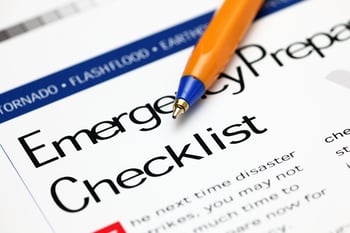- Solutions
- Accounting
- Additional Documentation Requests (ADRs) Management & Support
- Clinical Consulting
- EHR Implementation & Optimization
- Medicaid Eligibility
- Outsourced Contract Controller Services
- Outsourced Revenue Cycle Management
- PointClickCare® Consulting
- QAPI Consulting
- Resident Trust Fund Management & Advisory Services
- Revenue Cycle and Reimbursement Consulting
- Who We Serve
- Resources
- Careers
- About Us
- Contact

 The U.S. Energy Information Administration reported that 2020 marked the highest duration of power interruptions for electricity customers since they started collecting data more than eight years ago1.
The U.S. Energy Information Administration reported that 2020 marked the highest duration of power interruptions for electricity customers since they started collecting data more than eight years ago1.
